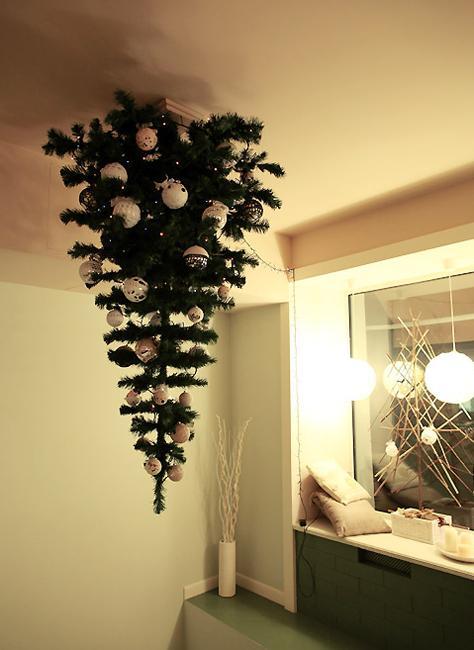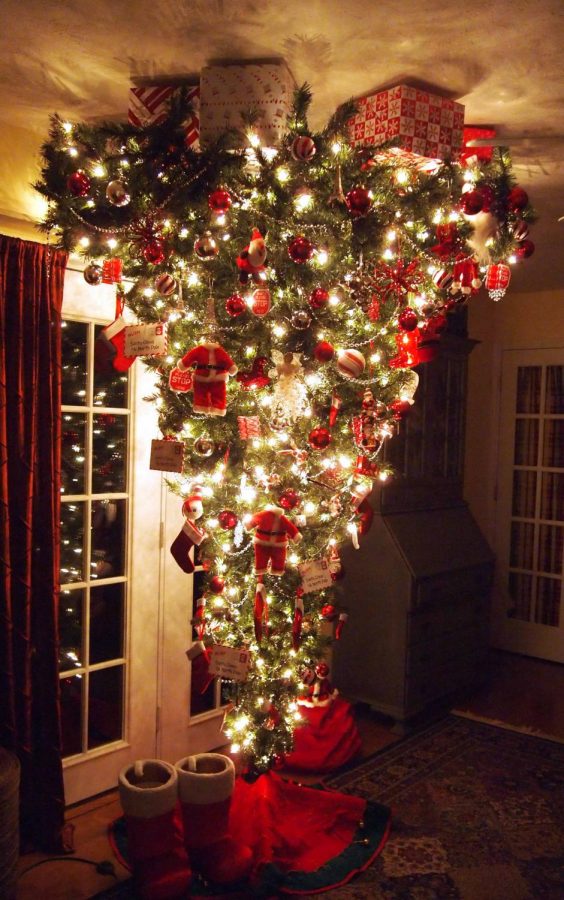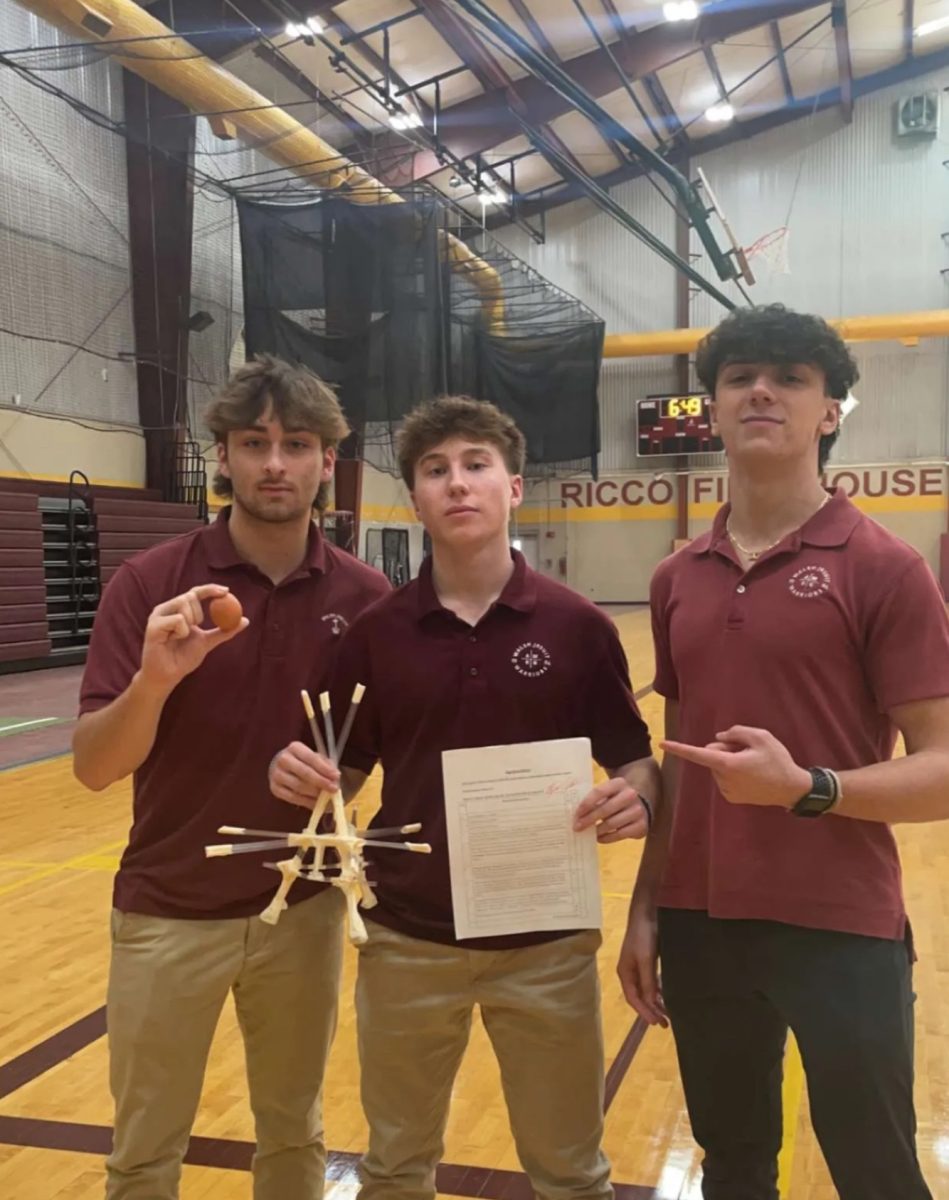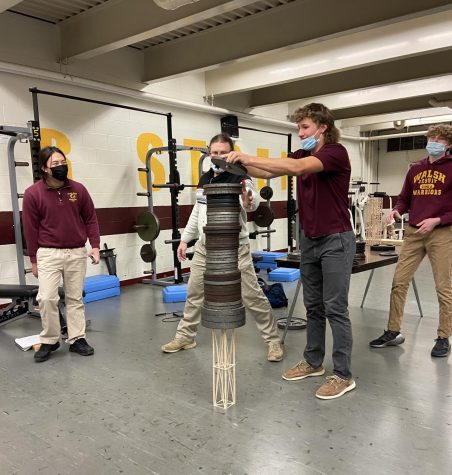Trending trees
December 14, 2017
Christmas is full of traditions, such as nativity scenes, Santa Clause, and presents. One tradition, however, has taken a turn—a 180 degree turn to be exact. Christmas trees are being hung upside down. That’s right. Upside down. Christmas trees can be hung from the ceiling like a chandelier, stood upside down on a stand, or mounted to a wall.
Although the idea may seem absurd, stores do have a reason for re-introducing the age-old practice. Retailers claim that positioning trees like this saves floor space, which can be used to hold merchandise. Additionally, hanging the trees upside down allows for more ornaments to be seen at eye level in stores.

Hanging Christmas trees upside down has reintroduced this traditional seasonal fixture in radical way.
People are buying into this fad mainly because it is a great conversation piece. However, the upside-down tree does have practical benefits in homes as well; ornaments will be out of reach of little children, dogs and cats running around will be less likely to knock ornaments off the tree, and more presents can fit under it. (Cool!) The trees can be bought in some stores and online. Currently, Target sells them online for approximately $1,000.
Social media is blowing up as the trend goes viral. But it surprisingly dates back to the Middle Ages. Europeans would hang the trees upside down to represent “Christianity and God the Son becoming a man because it resembled the shape of Christ being crucified,” according to Barbara Rolek from thespruce.com. Some people nowadays, however, believe that inverting the tree is sacrilegious because the tip is pointing to hell.
If you’re in need of a conversation piece or just trying to spice up the holidays, try out an upside-down tree. It will confuse your guests (and cat) and have them in awe at the same time.











